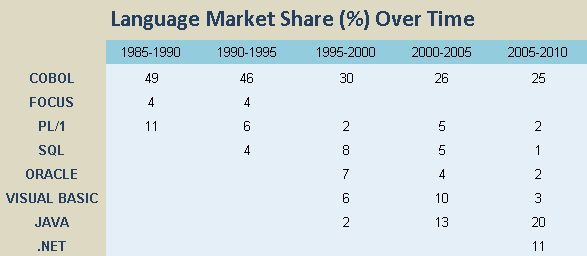Remembering Ware Myers
Ware Myers died at home peacefully on Friday afternoon July 22, 2011 after a very short period of increasing frailty.
Many of you do not know Ware Myers. He and I collaborated on four books and many articles about software measurement, estimating and control. Most of these writings included both our bylines.
Our collaboration begain in 1980 with a tutorial book for the IEEE Computer Society, Software Cost Estimating and Life-Cycle Control: Getting the Software Numbers. I wrote the text and pulled together pertinent articles from the field. Ware, on behalf of the IEEE, put it together, edited it and made it into a handout book for the COMPSAC 1980 tutorial I presented in Chicago October, 1980. He then suggested that we do a regular book together because he had become very interested in software estimating and management and was trying to get his Ware Myers Writing Service launched.
The result of this effort was Measures for Excellence: Reliable Software On Time, Within Budget. Tom DeMarco wrote the Foreword to this book. I’d like to quote a little of what he had to say:
“ . . . In the sixties and seventies we were metric novices. We would occasionally gush enthusiasm over the possibility of measuring productivity as lines of code per programmer-day. And then we would come face to face with any of the absurdities that this definition of productivity led us to “Arrghhhh . . . this stuff is harder than it looks.”
In the eighties, we went back over the same ground, but more carefully. We introduced new metrics and new approaches, specifically some project simulation modeling. We used computers and statistical tools to manage these increasingly large data bases of historical data.

